One of the things that I've been thinking about a lot lately is how the interplay between sea power and land power has shaped warfare over the last two centuries or so. The contrast between the situations in 1822, 1922 and 2022 is staggering, and as much as anything drove the different roles and structures of naval power at those times.
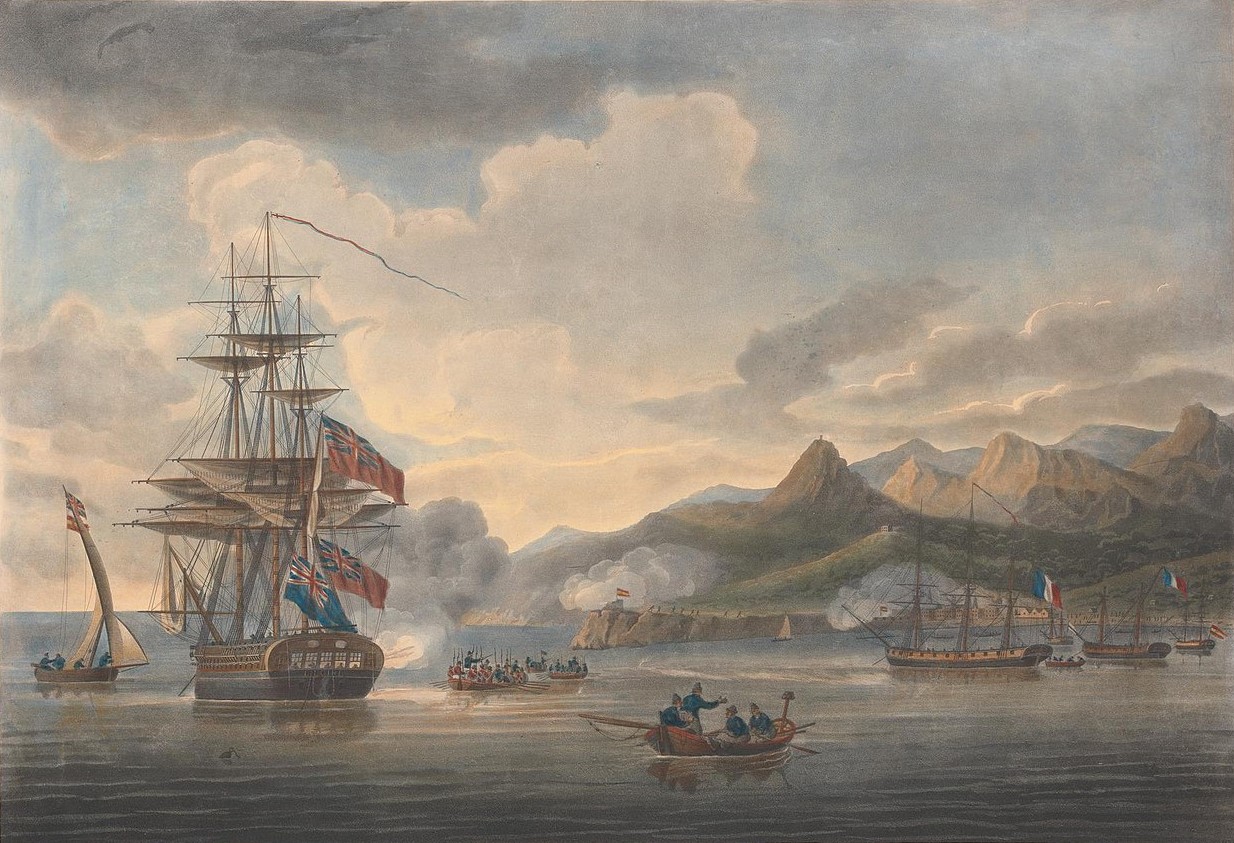
In 1822, the worlds of sea and land power were separate, as they had been for centuries. The only practical way to defeat a ship at sea was with another ship of equal or greater size,1 which in turn meant that a ship a few miles off even the most heavily defended port in the world could effectively blockade it. A few attempts had been made to test this, most notably Thomas Jefferson's plan to replace the USN's frigates with gunboats, which would defend the coast and not project power overseas, but they had failed completely.
On the other hand, a ship at sea was if anything less effective in projecting power ashore. Its guns suffered from the same range limits as those mounted ashore, and in a duel between a wooden ship and a fort, the ship was almost certain to come off worse. Amphibious operations offered some potential for application of seapower ashore, but even these were limited. Small raids were rarely more than a nuisance, while the technology and techniques to mount large-scale operations against a defended coastline simply didn't exist. Even attempts to put forces ashore on undefended coastlines usually failed to achieve their objectives, most notably the British assault on the Netherlands in 1809. Instead, seapower's effects on land were indirect, as British command of the seas allowed them to first bleed Napoleon in Spain and then assemble the coalitions that ultimately defeated him.
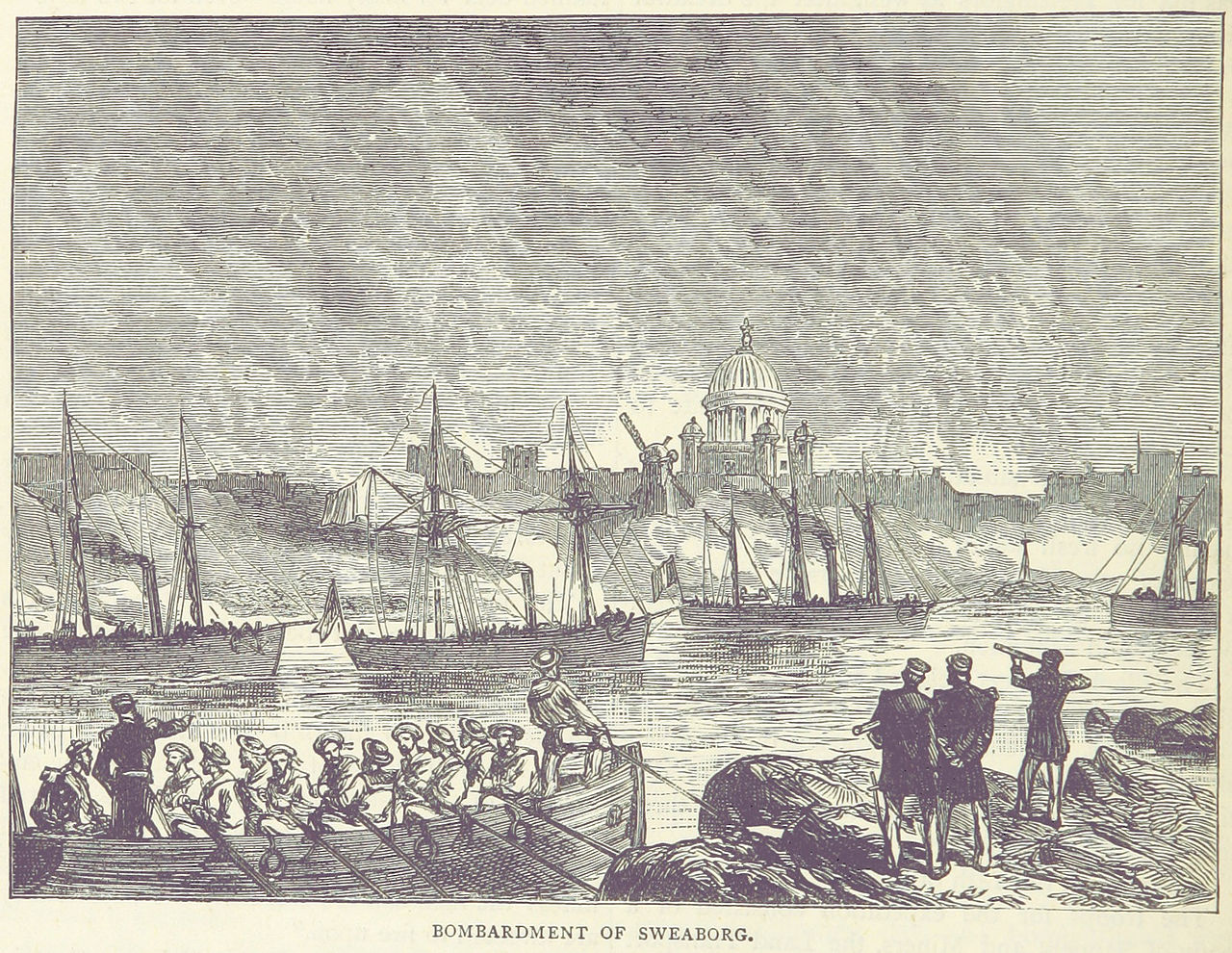
This boundary between land power and sea power began to break down in the mid-19th century. Steam power made operations near the coast much safer thanks to the ability to maneuver without regard for the wind, and navies were quick to make use of this. The greater mobility of steam played a vital role in operations in the Baltic during the Crimean War, when the British swiftly captured Bomarsund and threatened St. Petersburg with assault from the sea, ultimately playing a major part in ending the war. To support this, the British built a huge fleet of coastal gunboats and mortar vessels, which were able to bombard Sveaborg from out of the range of the Russian guns. Even more important was the creation of the ironclad, which was first used by the French at the Battle of Kinburn, where they destroyed an 80-gun fortress in four and a half hours.
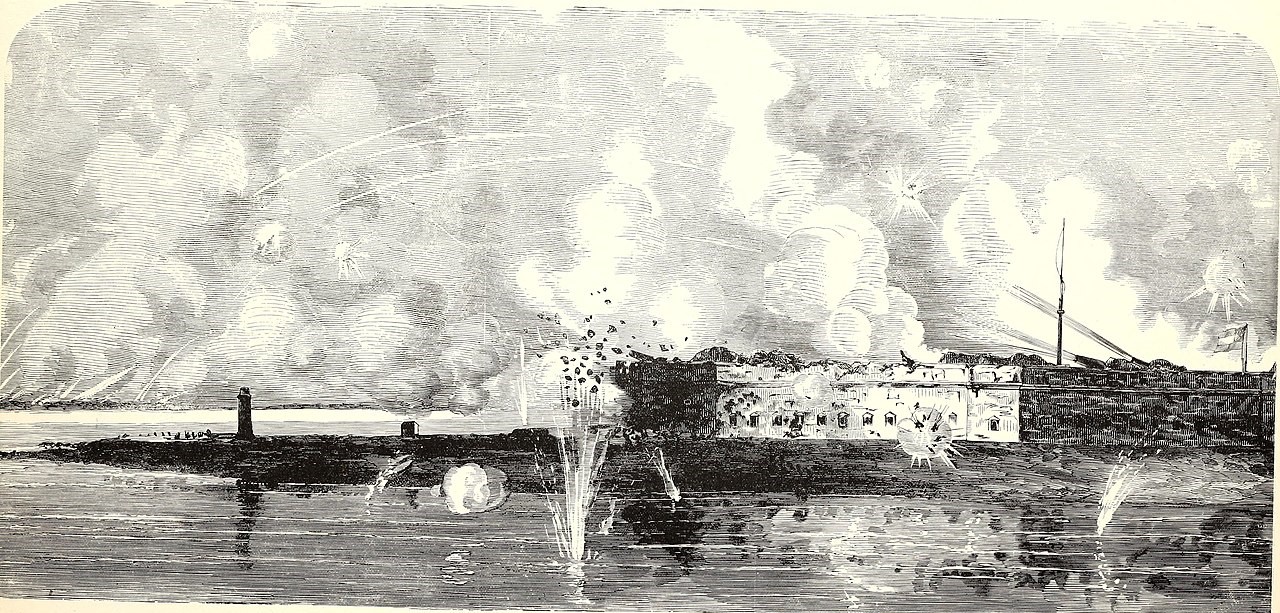
The ironclad marked a radical improvement in the ability of ships to attack positions on land. For centuries, a coastal fortification as simple as an earthen rampart protecting a few decades-old guns would be enough to give serious pause to an attacker, particularly if it was equipped with a furnace to heat its shot. But ironclads could only be attacked by modern guns, which were steadily growing bigger and more expensive, and which were rapidly rendered obsolete as technology continued to improve. The growth of guns and the introduction of rifling constituted another major problem for forts, rendering even heavy masonry vulnerable as demonstrated in the American Civil War.
Navies were quick to embrace this new role for several reasons. First, there was a general lack of great-power conflict, which has always pushed fleets into new missions. Second, it offered a solution to the great strategic problem posed by steam power. While the ability to ignore wind was extremely useful, it required coal, which in turn dramatically limited endurance relative to the age of sail. This made the traditional British strategy of blockading their enemies in port impossible, and they proposed to solve it by attacking enemy fleets in their bases.
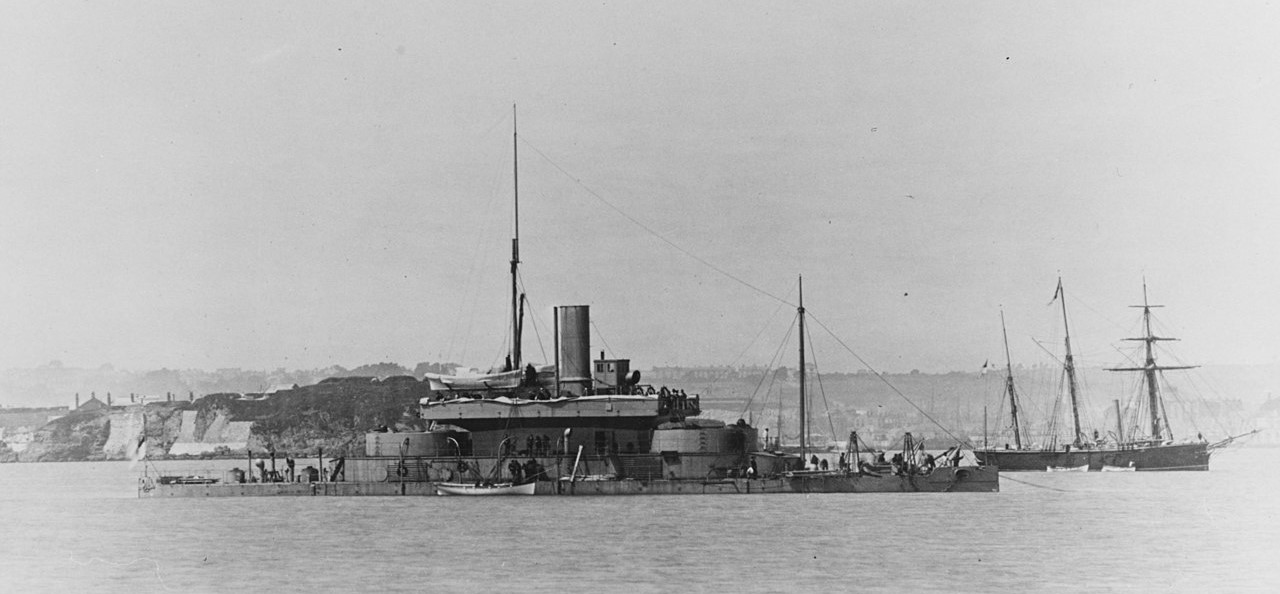
In parallel with all of this was the growing success of amphibious operations. Larger fleets and more reliable transport thanks to steam, as well as general improvements in logistics, meant that it was easier to supply an army across the sea. In the era when rail networks were still patchy and motor vehicles nonexistent, the mobility of an amphibious force meant it could appear, overwhelm the defender, and be well-placed to hold its beachhead before a responding force could arrive. But the problem of dealing with hostile defenses was still essentially unsolved, with most landings made across empty beaches, and those that were resisted seeing far less success.
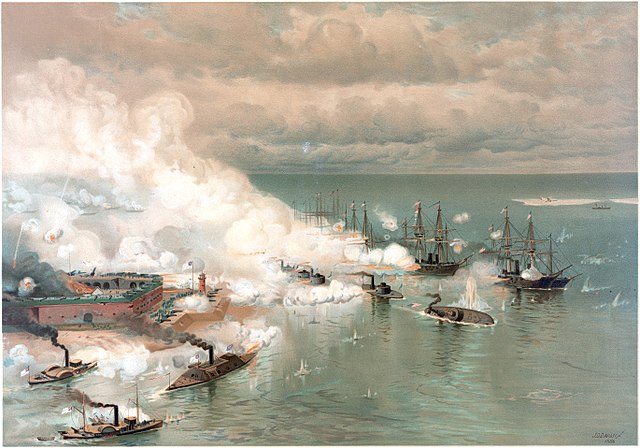
But the ascendancy of sea power was short-lived, as new technologies were already on their way that would make coastal waters increasingly hazardous. One was better fire control for land-based guns, which greatly increased range and allowed a few guns to cover a wide area, slashing the cost of these defenses and giving them a major edge over ship-based guns in accuracy. Even more important was the development of weapons for attacking ships below the waterline. This had begun with the naval mine's debut during the Crimean War and subsequent use during the American Civil War, and while they had not proven terribly effective there, continued development meant that by the end of the 19th century, an attacking fleet would not dare challenge the defenses of a major port.
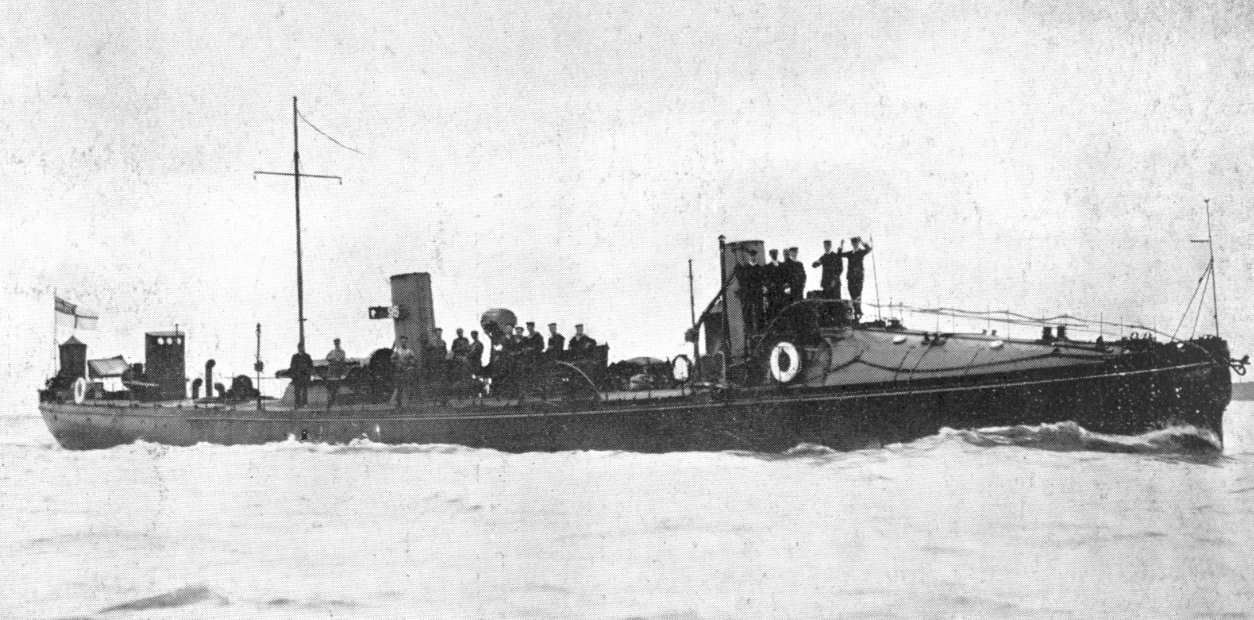
But it was the torpedo that really began to extend the land's effects out to sea. It was the first weapon that gave a small boat the ability to attack a battleship, and the first dedicated torpedo craft were under 100 tons and designed to attack ships close to their bases, leaving control of the high seas to the battleship. Over time, these grew into destroyers, but it wasn't until 1900 or so that they had become a proper part of the fleet, and another means of torpedo delivery had taken their place in coastal waters. Early submarines, like the first torpedo boats, were small and short-legged, and it wasn't until just before WWI that submarines capable of operating offensively were developed. But even these extremely primitive boats were enough to decisively close off the prospect of the sort of close blockade that the British had used for centuries, and it was finally abandoned in 1912 in favor of the distant blockade that starved Germany during the war.
Amphibious operations also began to run into problems. Their edge in mobility fell victim to the growth of railways, allowing the defender to rapidly move forces to counter a landing. The leisurely unloading of previous centuries would turn into a desperate scramble to get enough troops and equipment ashore to deal with the inevitable counterattack. And growing armies meant that the odds of finding an undefended beach were far lower than earlier. But neither of these problems were clear in the relative peace of the late 19th century, and the British suffered from repeated panics about a surprise German invasion, despite the Royal Navy's superiority at sea.
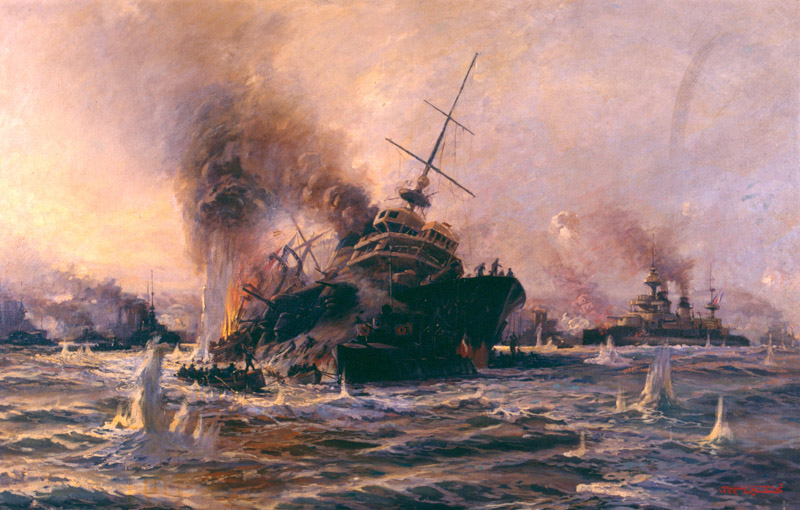
The difficulties of ships trying to project power ashore were brought into sharp relief at Gallipoli. The British first attempted to destroy the defenses of the Turkish Straits by bombardment, but were thwarted by mines and the ineffectiveness of their fire. They then tried to land troops and seize the forts, but this bogged down on the narrow, rocky slopes for 8 months before the British finally pulled out. It was a sobering look at what it would take to wage a successful amphibious invasion, although it would take a quarter-century for the seeds planted in the Dardanelles to bear fruit.
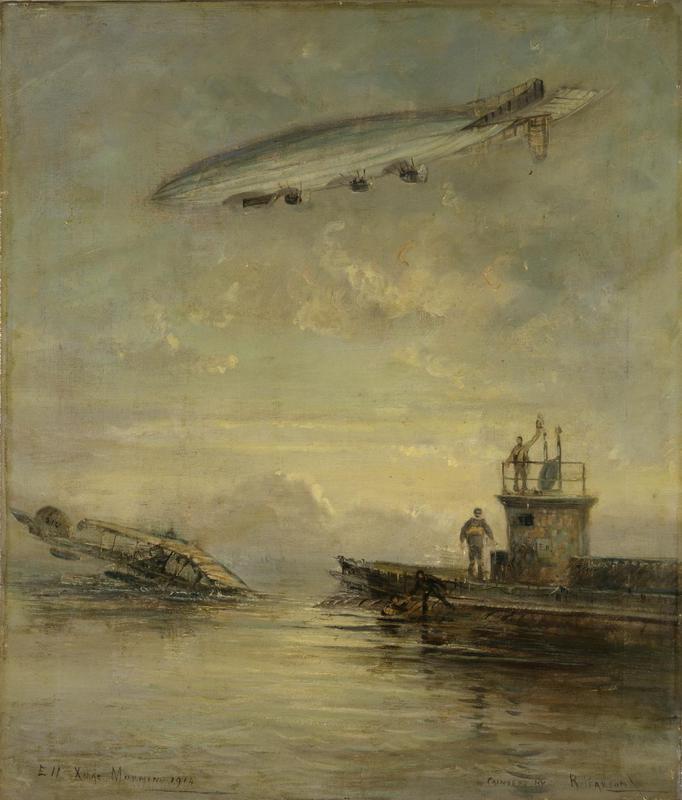
WWI also saw the arrival of a new factor in the battle, the airplane. For the first time, naval forces had the opportunity to bypass the surface and underwater defenses of an enemy coast and project force inland, and the British were quick to take advantage of this. But on the whole, this looked to be another win for the land, as planes of that era were mostly suitable for reconnaissance work or shooting down other planes, and better scouting technology was generally more useful against ships (which can move) than against land targets (which can't). Not helping was the fact that ship-based planes typically performed poorly compared to their land-based counterparts thanks to the weight of their floats.
Things got even worse for the ship as the war drew to a close and airplanes capable of carrying enough weapons to be useful against land targets were developed. Unfortunately, they were too large for the early aircraft carriers, limiting sea-based airpower's ability to strike ashore, while aviation advocates began to circulate claims that planes had rendered the surface ship obsolete. This wasn't true, but it got a lot of publicity, and it would set the tone for the interwar years, which saw the world's navies focus their aircraft carriers on fighting other ships, not land targets.
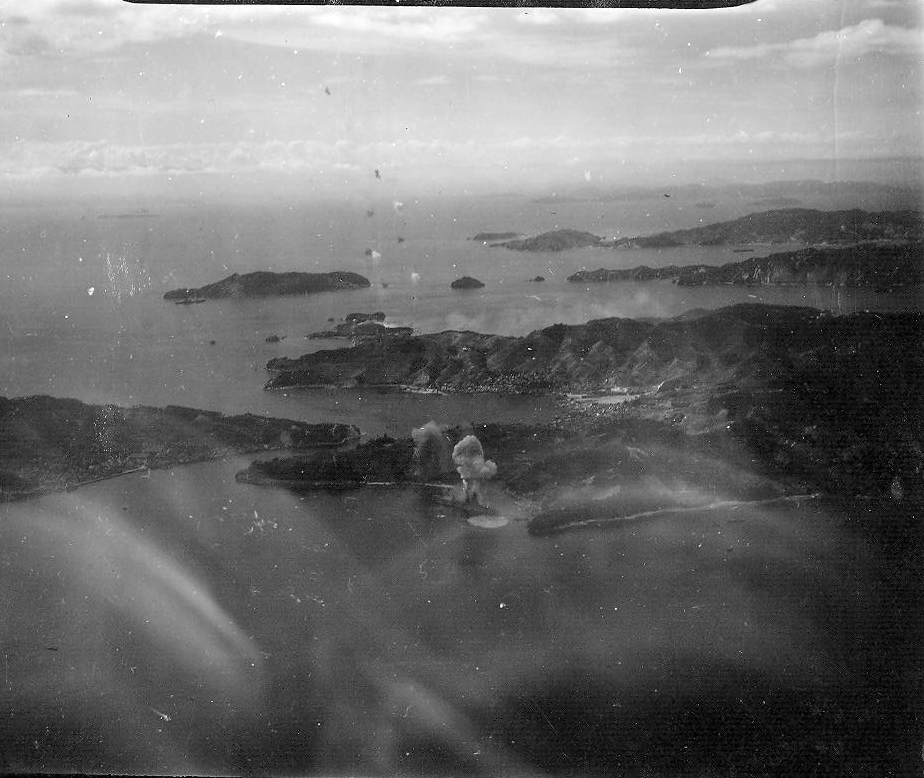
WWII saw the entire dynamic between land and sea upended. The aircraft proved its mettle against ships early in the war, and later developments gave them new weapons, but improved defensive systems allowed ships, particularly carriers, to protect themselves effectively against air attack. This allowed carrier-based aircraft to move from occasional brief strikes against inland targets to multi-day air offensives against even the enemy homeland, a process greatly helped by improvements in carrier aircraft.
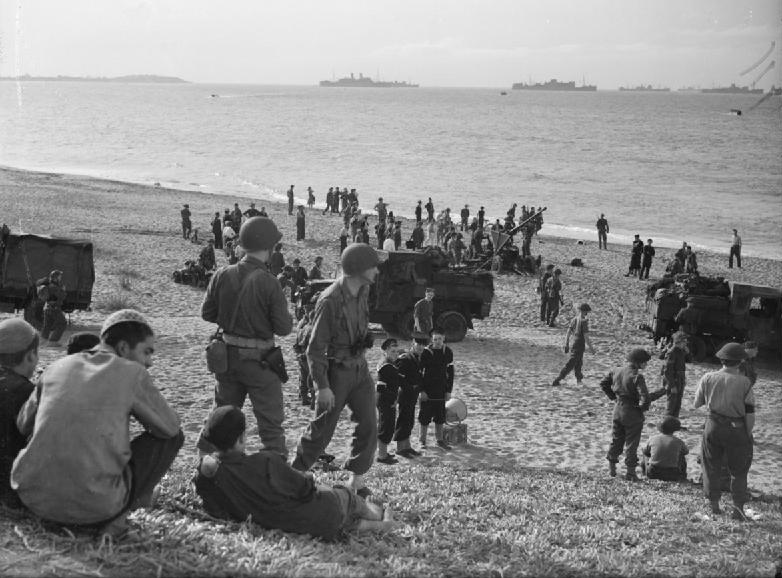
Amphibious operations were also refined during the war, with landings stretching from Norway to North Africa to Madagascar to the Marianas. Techniques were quickly developed to put men and equipment ashore on a defended beach, and to supply them and provide fire support. By the end of the war, the Allies had developed this to the point where they could successfully land across hundreds or even thousands of miles of ocean on the most heavily defended coasts and islands, a capability vital to victory in both Europe and the Pacific.
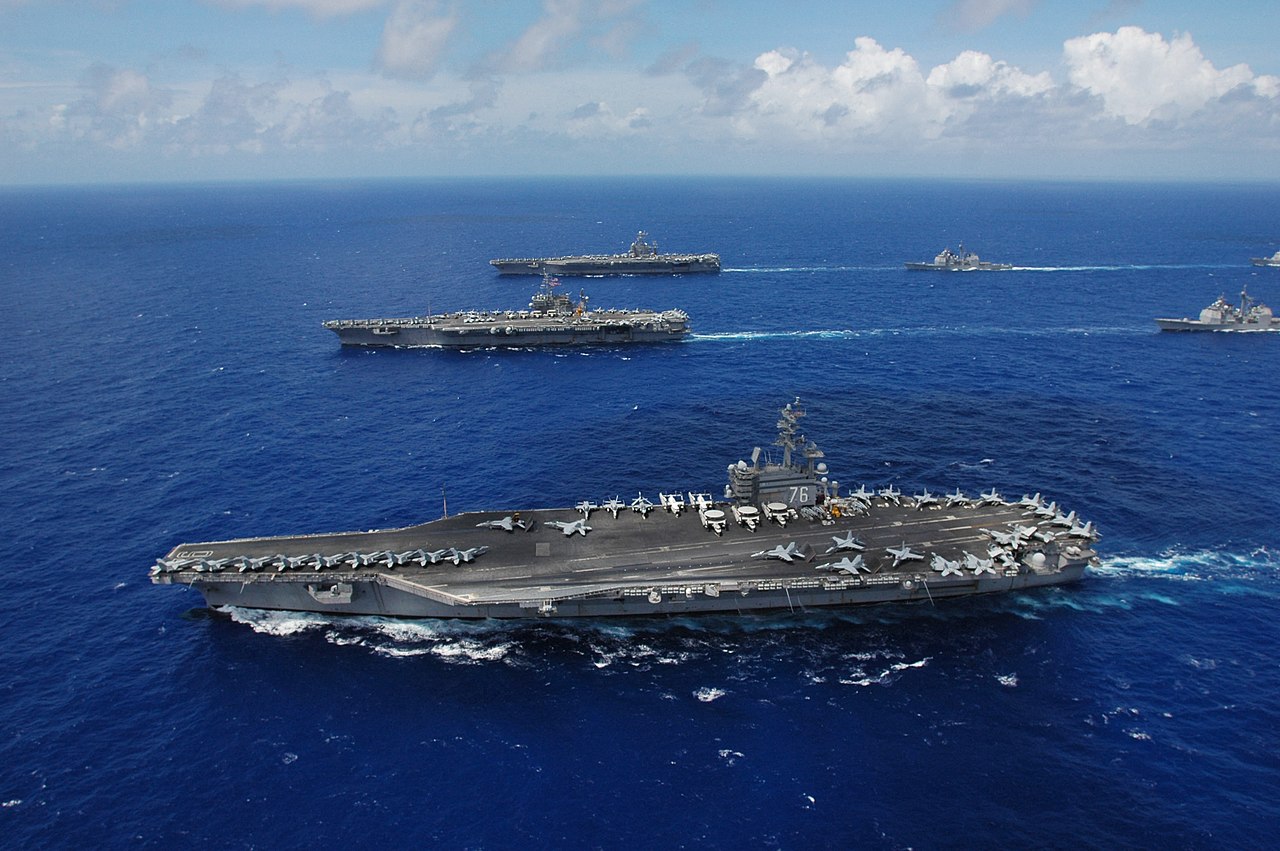
Postwar, it briefly appeared that nuclear weapons might make the surface ship obsolete, but navies weathered this threat and came back stronger. Besides getting a key role in the new field of nuclear strike, they began to focus more on conventional strikes on land, filling this role in both Korea and Vietnam, and continuing to do so since then. Today, a carrier is a substantial power in its own right, capable of going toe-to-toe with the majority of the world's air forces, while the Nimitz and Ford class carriers themselves are optimized for this mission.
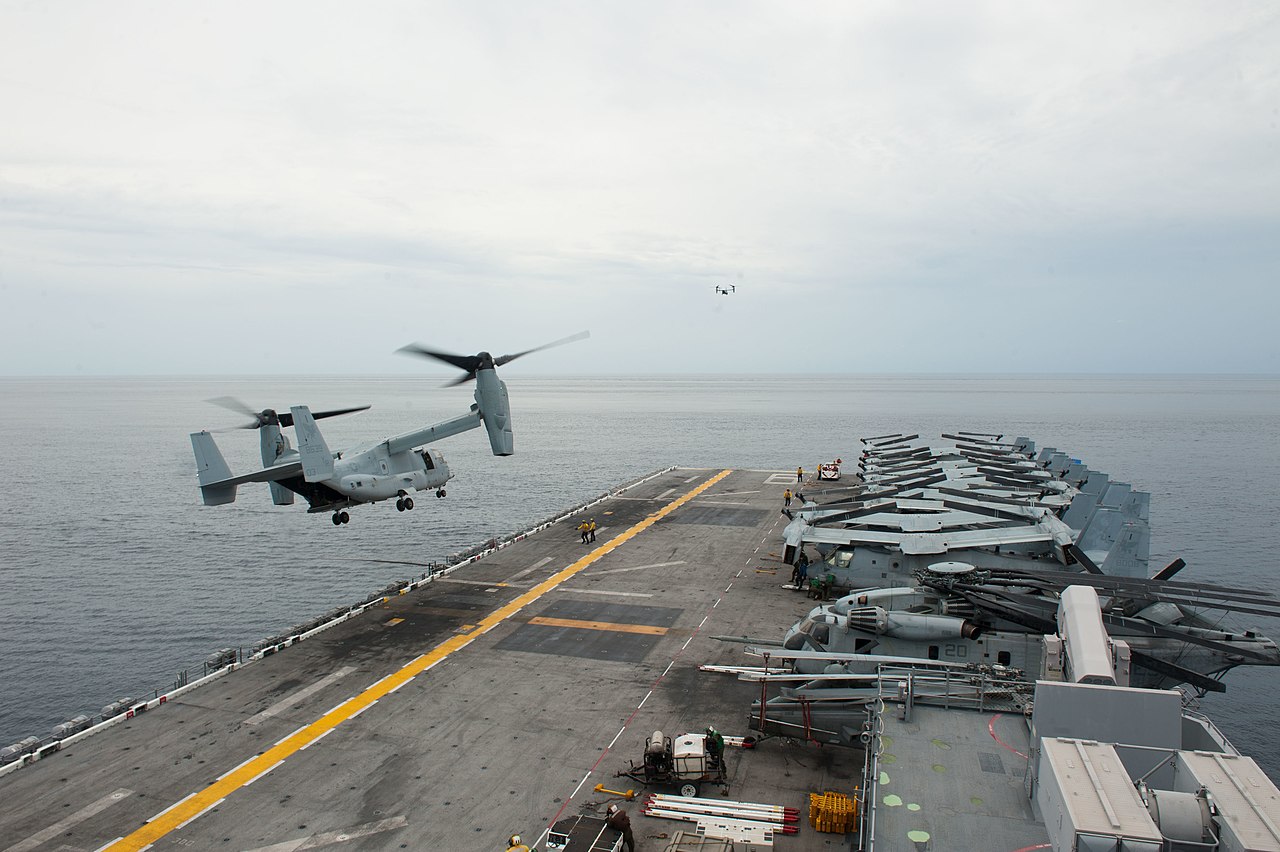
Amphibious warfare continued to develop during the postwar years. The emphasis shifted away from attacking defended beaches to moving around defenses, courtesy of helicopters and more recent technologies like the hovercraft. This has also given smaller units far more leverage, and the typical use of these forces today is almost a return to the policing missions common in the 19th century, intervening in lower-intensity situations like disaster relief and protecting citizens in an insurgency. The other major development is ships capable of carrying troops, equipment and landing craft together, allowing worldwide deployment of amphibious power at relatively high speeds.
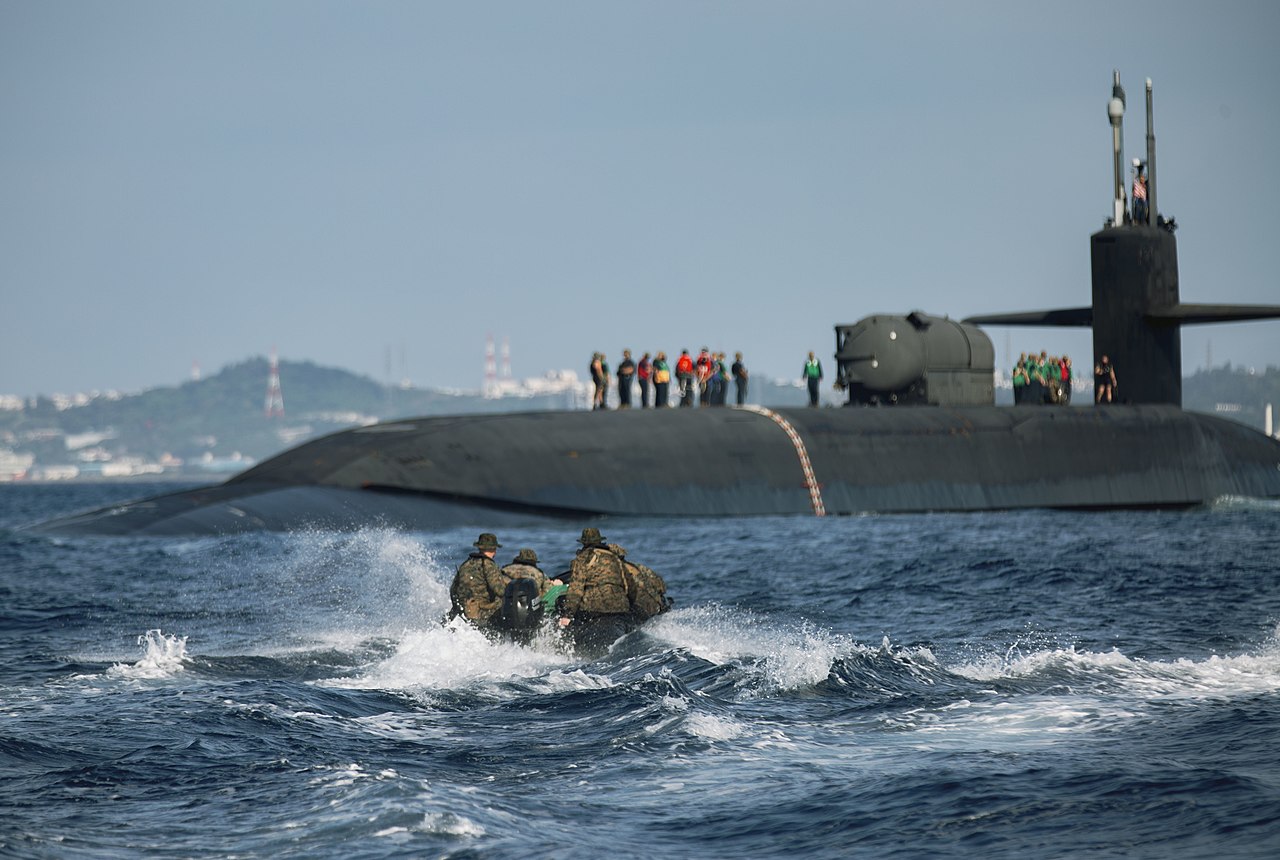
But the biggest impact in the postwar years was the development of the guided missile. Initially, these were in the form of cruise missiles, with each submarine carrying only a few, but from the late 50s, the US sent the Polaris ballistic missile to sea, making naval forces an important part of the national deterrent, a strategy quickly followed by most other nuclear powers. Equally revolutionary would be the Tomahawk cruise missile, introduced in the 80s, which gave surface ships the ability to reach far inland in a small and very accurate package. Although the first version was nuclear-armed, the conventional land-attack missile has proven a game-changer for the surface and submarine fleets. Today, a destroyer can easily attack targets hundreds of miles from the sea, while remaining entirely out of sight of land. Obviously, missiles work both ways, but the mobility of ships has left them as a net win for naval forces.
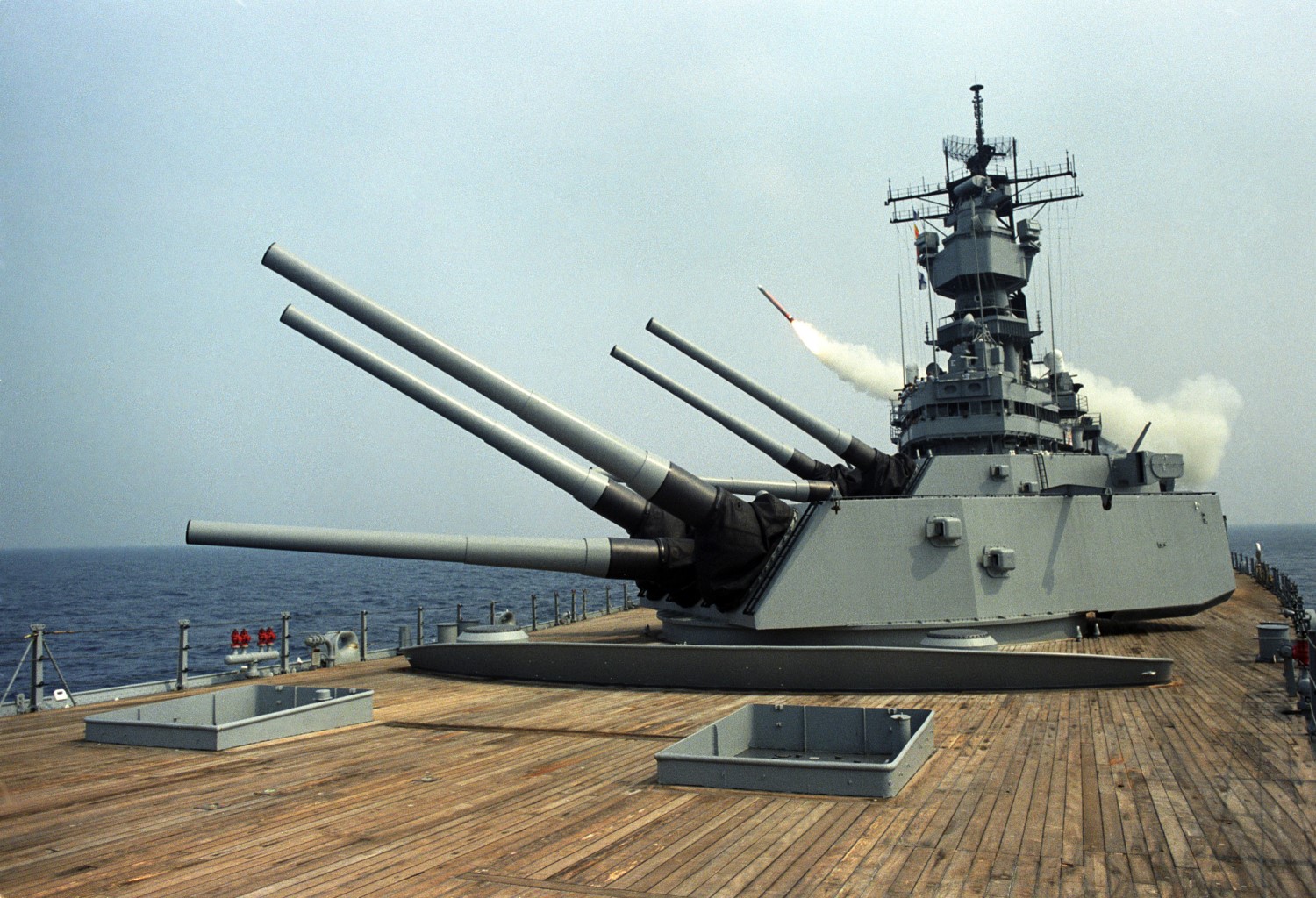
Today, more than ever before, the boundary between land and sea is blurred. Navies are increasingly focused on directly affecting events on land, whether by putting aircraft overhead, firing missiles, or moving people and stuff ashore. Even the return of great power naval competition looks unlikely to disturb this trend. The manifold advantages of naval power make it an sound investment for any nation with global aspirations.
1 Yes, I know about Droits de l'Homme. This is the general rule, and there are some exceptions. ⇑

Comments
It looks like there was a bit of a problem with the links here. Additionally, I think that "sense" should be "since".
Very interesting write up. I don't think anything was new to me, but this is a good summary of concepts that you've laid out in more detail across many, many other pieces.
I feel like the Schleswig Wars deserve a mention. Fear of modern field artillery kept the Danes from risking their fleet opposing short-hop amphibious operations.
@Rabidchaos
Thanks. Yeah, those were both mistakes.
This is more a thesis statement for Book 2 than anything else.
@ike
That's an era and a war I should definitely look into more.
Reading this makes me think there were many more amphibious landings netween Napoleaon and WWI than I was aware of? Were there? Against protected beaches?
There were a moderate number, very few against beaches with more than nominal defenses. I listed the ones I knew of in Amphibious Warfare Part 1.
@Kitplane
Don't forget the repeated Japanese trick of:
One thing I did have some trouble with was figuring out where to draw the line between amphibious operations and land operations supported via sea. Those ended up falling in the latter category, as did the invasion of Crimea, and a couple of others. I didn't talk about them, because my interest here is in direct sea power and not indirect sea power.
1900ish was a time when it was normal for unambiguously-Navy (not Marines) personnel to do unambiguously-land fighting, e.g. all the actual fighting Percy Scott's crew do is away from their ship, though I suspect that was more a question of "we can't afford a big Navy and a big Army" (and possibly "if we ever really do need that Navy we'll need people who don't freak out/freeze up at the possibility of dying and real battle is the only way to test that", though I know basically nothing about how that problem is actually dealt with) than them not knowing where to draw the line.
That's an aspect I left out here, largely because it didn't fit well with the narrative. Basically, yeah, it was a matter of using sailors and marines being good enough for the sort of lower-intensity conflicts that were going on at the time, and not having the money or interest in keeping dedicated amphibious units scattered around the world. But that should definitely be at least a small chapter.
The reference to torpedo boats made me wonder: mortar / bomb vessels were a thing in the Napoleonic era. Why wasn't the average Small Boat With A Big Gun able to deter big ships from coming within range of shore in, say, the mid-19th century? Was the firing too slow and inaccurate against moving targets?
That's a bit of it. More important is that guns individually weren't that powerful. This is an era where a typical ship of the line has 74 guns, and a battle is going to last a while as the two sides batter each other. Or in this case, the liner blasting the gunboat to kindling while taking a ball or two, damage that the carpenter can expect to repair fairly easily.
Another reason might be that guns impose far bigger requirements on ship structure, compared to self-propelled ordnance like torpedoes and missiles. A gun boat is limited to guns which won't break it apart when firing, so it will be at a disadvantage in firepower as well as durability, versus large warships.
AIUI, this stays true when explosive shot and armor come of age.
@AlexT
That's some of it, and it did impose serious limits on how big of guns could be carried. (Note that the bomb vessels were used for arctic exploration because they were incredibly strongly built to take the recoil of their weapons.)
It is worth noting just how much weapons grew in the period between ~1840 and 1870. In the Napoleonic Wars, a 32 pdr was about the biggest you'd ever see. By the 1850s, the 68 pdr was starting to take over. That was an 8" gun, but fired a round projectile and weighed about 5 tons. By 1870, standard armament was a 12" gun weighing 25 tons and firing a 600 lb projectile. And while a 68 lb projectile can be manhandled, a 600 lb one is going to need loading gear.
Dad's got a cannon from a pirate ship from the early 1700s, and it's only about 60 mm or so in calibre. My calculation is that this is a bit less than a 3-pounder, and this was something that was considered a usable weapon at the time. The local museum also has cannon from the British navy Ship HMS Endeavour from 1770. 4 pounders.
The USN's gunboats of the Jefferson era, at least, don't seem to have suffered from underpowered guns. Typical armament was a pair of 24-pounder pivot guns, same as the heaviest guns on a 64-gun ship of the line IIRC, and the boats were built to handle them. I think most other purpose-built gunboats of the era were similar, but I don't have the data for those. A dozen gunboats would approximately match the broadside of a typical third-rate in weight of fire, and their shot wouldn't be bouncing off anything.
That still leaves them lower, slower, and more vulnerable than the liner, or even frigate, of course. If there's any value to the concept, it would be strictly limited to restricted waters where a shallow-draft oared vessel would have an edge in practical maneuverability.
@doctorpat bear in mind that pirates would be using guns chosen for maximum intimidation of crew and minimum damage of enemy ship and cargo. they had little use for armaments heavier than needed to mess up rigging and kill (or ideally just scare) merchant crews.
but also, very cool. I'm jealous.
@bean
that's easy. is the guy in charge a general or an admiral? :P
Not sure about 64s, but the typical 3rd rate had 32pdr long guns as their main armament, which I understand to have been far more effective (compared to 24s) than the weight ratio alone would indicate. A dozen gunboats might match a frigate's broadside, but not a liner's.